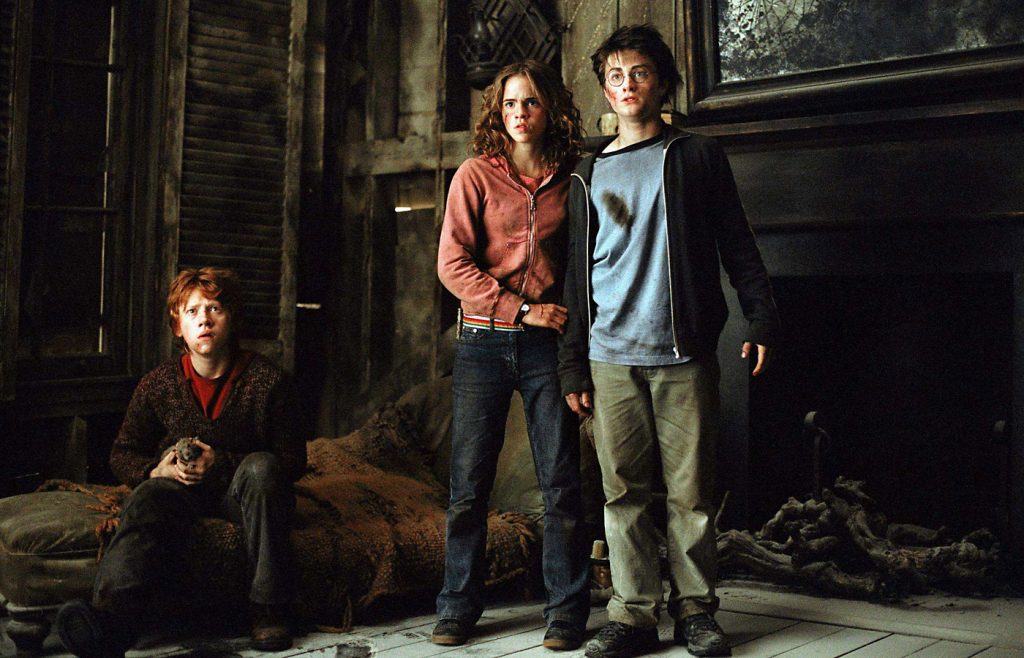
I’m still a little stunned that the first two Harry Potter movies did so well. I fully understand the juggernaut that Harry Potter is (when a book sells 10 million in two weeks, there is no other word), but the first two films are so abominably long. David-Lean-in-the-desert long, Kevin Costner-in-the-post-apocalypse long. Each clocked in at around 165 minutes, and in each I fell asleep no less than three times.
How then did these Merchant-Ivory-styled renderings keep little kids’ attentions? Luckily, that question doesn’t need to be answered for the third installment. Out is director Chris Columbus (Home Alone) and his Norman Rockwell wet-nurse approach to the source material; in is Alfonso Cuaron—previously known for his beautiful (if overvamped) erotic road movie Y Tu Mama Tambien.
This was a true gamble—to let an untested adult-oriented indie filmmaker helm the most successful book and film franchise in the world—and it paid off. Harry Potter and The Prisoner of Azkaban is the best film yet. Zippy (a relatively trim 142 minutes), filled with wonder and menace, and truly beautiful, it is arguably the most successful blockbuster of the year thus far.
The film picks up immediately. Harry is living with his awful muggle family during the break from Hogwarts. But when it’s time to go back, the homecoming is a little less ebullient. A killer, Sirius Black (Gary Oldman), has escaped from Azkaban prison and is coming after Harry. Hogwarts must be guarded by horrifying apparitions called Dementors that seem to have a particular affinity for Harry. Then there is the new professor Lupin (David Thewlis), who specializes in defense against black magic, a name that keeps popping up, and Hermione’s (Emma Watson) uncanny ability to be in two places at once.
What makes this film superior to the previous two is that doesn’t walk timidly in the shadow of the books. It follows the novel close enough, but doesn’t feel obligated to include and explain everything. By not explaining all minutiae, Cuaron infuses a beguiling sense of mystery to the project.
All the actors are beginning to settle into their roles impressively. The three young leads—Daniel Radcliffe (Harry), Rupert Grint (Ron), and Emma Watson (Hermione)—have come to really own their characters and are quite naturalistic in their performances. Michael Gambon, who replaces the late Richard Harris, creates a bouncier Dumbledore, while Thewlis and Oldman add additional pedigree to the film.
The most noticeable improvement of the new film, however, is the visuals. Where the previous two had a static quaintness, Azkaban revels in the space and spectacle of its surroundings, both real and computer generated. Cuaron uses dynamic, quick camera work: expansive reverse zooms and dramatic long shots. The film feels far more epic and urgent, and some scenes—as when Harry rides a winged bird-horse over a lake—are flat out gorgeous.
The Harry Potter series is truly anomalous. Most franchises of such astronomical worth would play it safe and crumble into mediocrity, but J.K. Rowling never did this, and the producers have the sense to follow her.
